New research offers hard data on gender disparities in film. How might the characters we see on-screen affect the roles we play in society?
When they were 8 and 10, Kimberly and Rebecca Yeung had to choose who to send to space. The spacecraft the two constructed in their garage only had a payload big enough for one action figure. The sisters decided on Rey, the heroine of the movie Star Wars: The Force Awakens.
With Rey in the captain’s seat, the Yeung sisters’ spaceship lifted off. It was powered by a helium-filled balloon and was outfitted with solar panels, GPS, video cameras, and sensors to capture data and relay it back to Earth in real time. Their hope: reach the stratosphere at roughly 40,000 feet. Instead they soared even higher, to 101,000 ft. They had reached beyond their dreams, to the very edge of space.
Rey may be a fictional character, but to Rebecca and Kimberly she is a very real role model. “We know that sometimes people have said that things like technology and science were only for boys,” Kimberly says. “But knowing that there are people who are role models for us makes us feel good about our interests and what we like to do.”
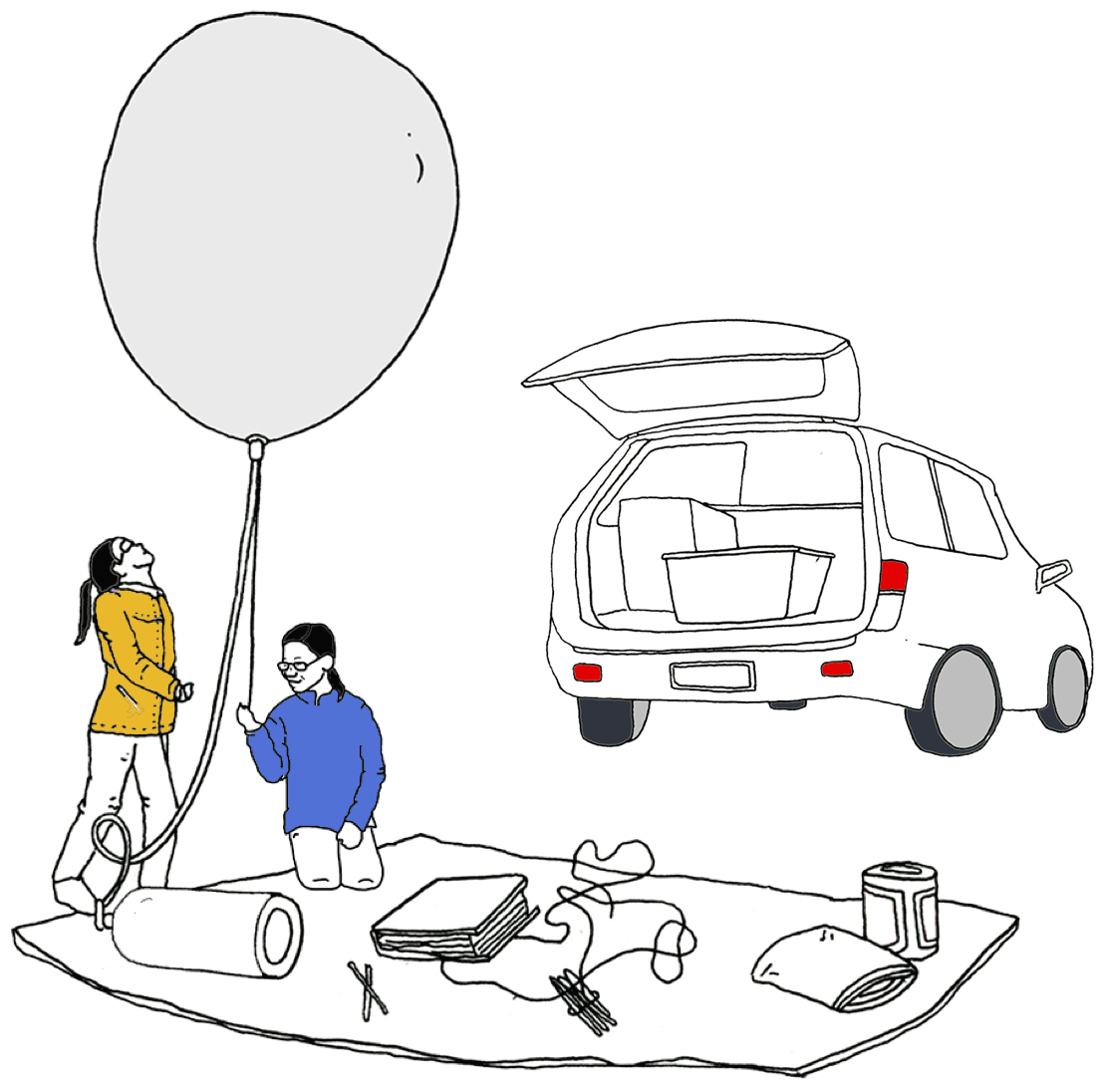
We decided to include Rey because she’s a strong female who’s inspirational and she doesn’t give up. Ever.Kimberly and Rebecca Yeung,
Yeungstuff Space Program



Role models on-screen make a difference
Star Wars: The Force Awakens is not the only film emboldening girls to embark on new adventures. The sport of archery became suddenly popular with girls in 2012, coinciding with two movies starring female heroines as archers: The Hunger Games and Brave. In a study that examined this correlation, 7 out of 10 girls said that they’d taken up the sport because they were inspired by either Katniss or Merida.
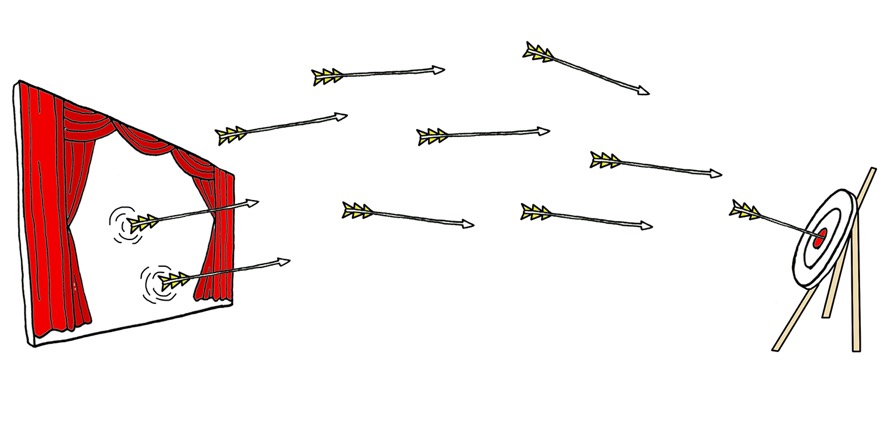
The characters we see on-screen play a significant part in determining the roles we occupy off-screen. In a recent study, only 15% of K-12 students remember seeing women performing computer science tasks "most of the time" in film or TV. This is reflected in real life where women make up only 17% of computer science majors – a steady decline from a peak at 37% in 1984. There are many reasons for this decline, but stronger female representation in programming, coding, and engineering roles on the big screen can help everyone envision women filling those roles in real life. This is an issue Google's Computer Science in Media team has been focused on for years, working with creators and producers to improve the portrayal of these fields in TV and movies.
Not everyone gets to play the hero
Oscar-winning actor Geena Davis noticed that the films her daughter watched lacked female characters. Even the cartoon animals were overwhelmingly male. She wondered if unconscious bias toward women meant people accepted female characters having fewer lines and less screen time than men. So she founded The Geena Davis Institute on Gender in Media in 2007 and started to collect data on movies. It was a laborious undertaking: a team of researchers began watching films one by one and logged gender-based patterns. Gathering the data was slow, and there were so many movies to examine. Humans could only process so much.
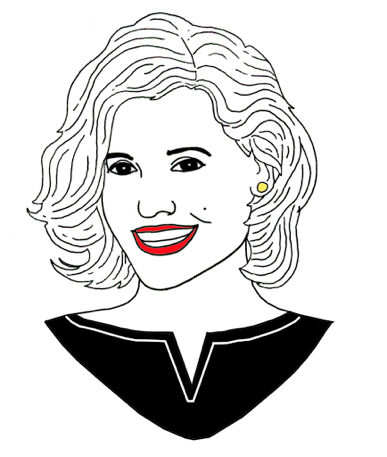
Data helps us understand what it is we need to encourage creators to do. Small things can have a huge impact.Geena Davis,
Academy Award-winning actor, founder and chair of the Geena Davis Institute on Gender in Media
Using technology to identify
gender bias
Enter machine learning: an emerging technology that makes it possible to understand huge amounts of complex data.
With support from Google.org, the Geena Davis Institute on Gender in Media teamed up with Google machine learning engineer Hartwig Adam and USC’s Viterbi School of Engineering’s Dr. Shri Narayanan, the Niki & C. L. Max Nikias Chair in Engineering, and his SAIL Laboratory, to develop software that accurately measures how often we see and hear women on-screen. “Media arts are an amazing source of information that can provide insights into who we are as society,” says Dr. Narayanan.
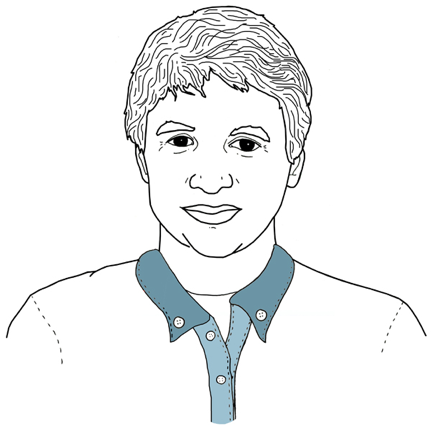
We need to engage with people in different fields… and work together on addressing specific problems using machine intelligence.Hartwig Adam
Machine Learning Engineer at Google
The GD-IQ and how it works
Dubbed the Geena Davis Inclusion Quotient (GD-IQ), the tool not only can identify a character’s gender, but it knew to a fraction of a second how long each actor spoke, and were on-screen. “This was revolutionary,” says Davis. “No one’s been able to do that before with any accuracy.” And GD-IQ works fast; what once took months to measure can now be quantified in real time.
GD-IQ uses machine learning to recognize patterns the casual movie viewer might overlook. To do this, the engineers didn't provide the computer with a template or a set of hand crafted rules; Instead the machines were programmed to "learn" from examples that were annotated with the correct answer. This automated process ensures that the technology improves its own understanding over time. The tool learned to detect different characters on-screen, determine their gender, and calculate how often and for how long they spoke in relation to one another.
The team used this software to analyze the 100 highest grossing (US domestic) live-action films according to The Numbers from the years 2014, 2015, and 2016.
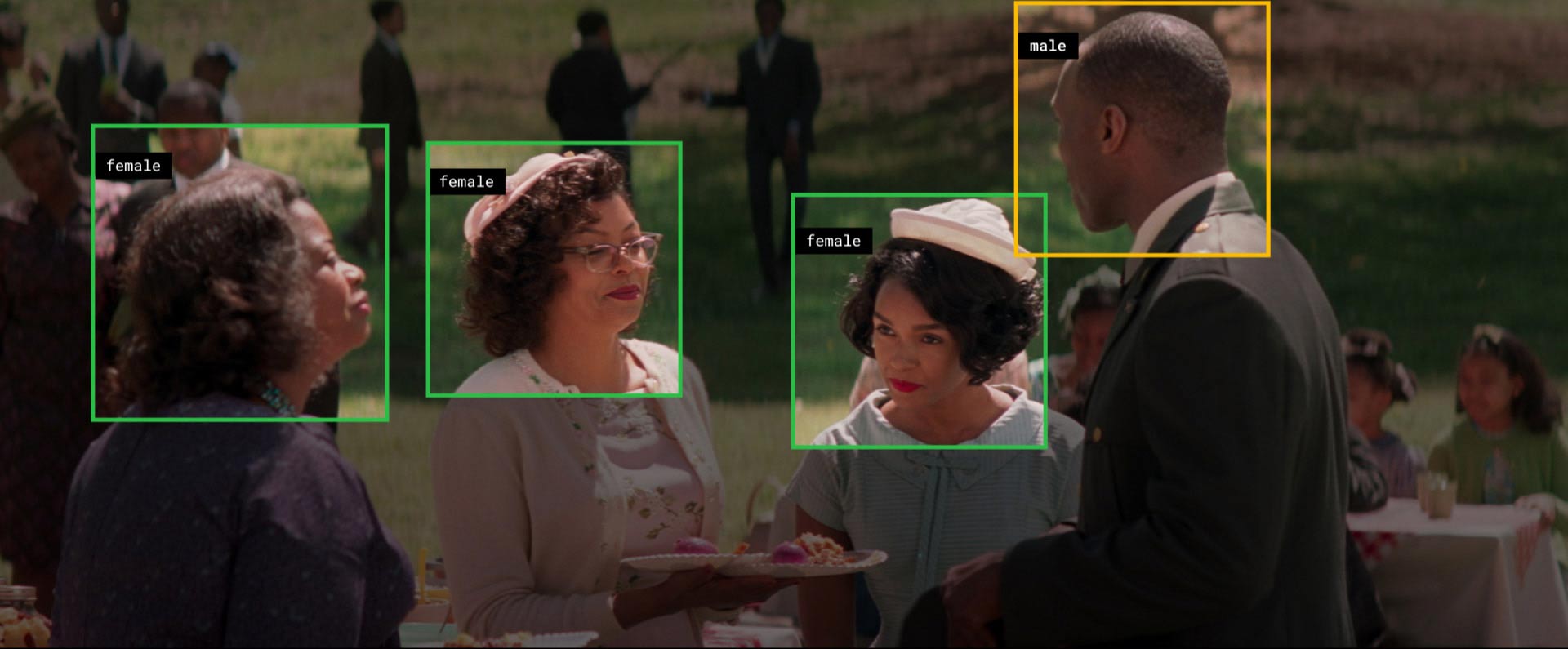
So what does a computer see when it watches a movie?
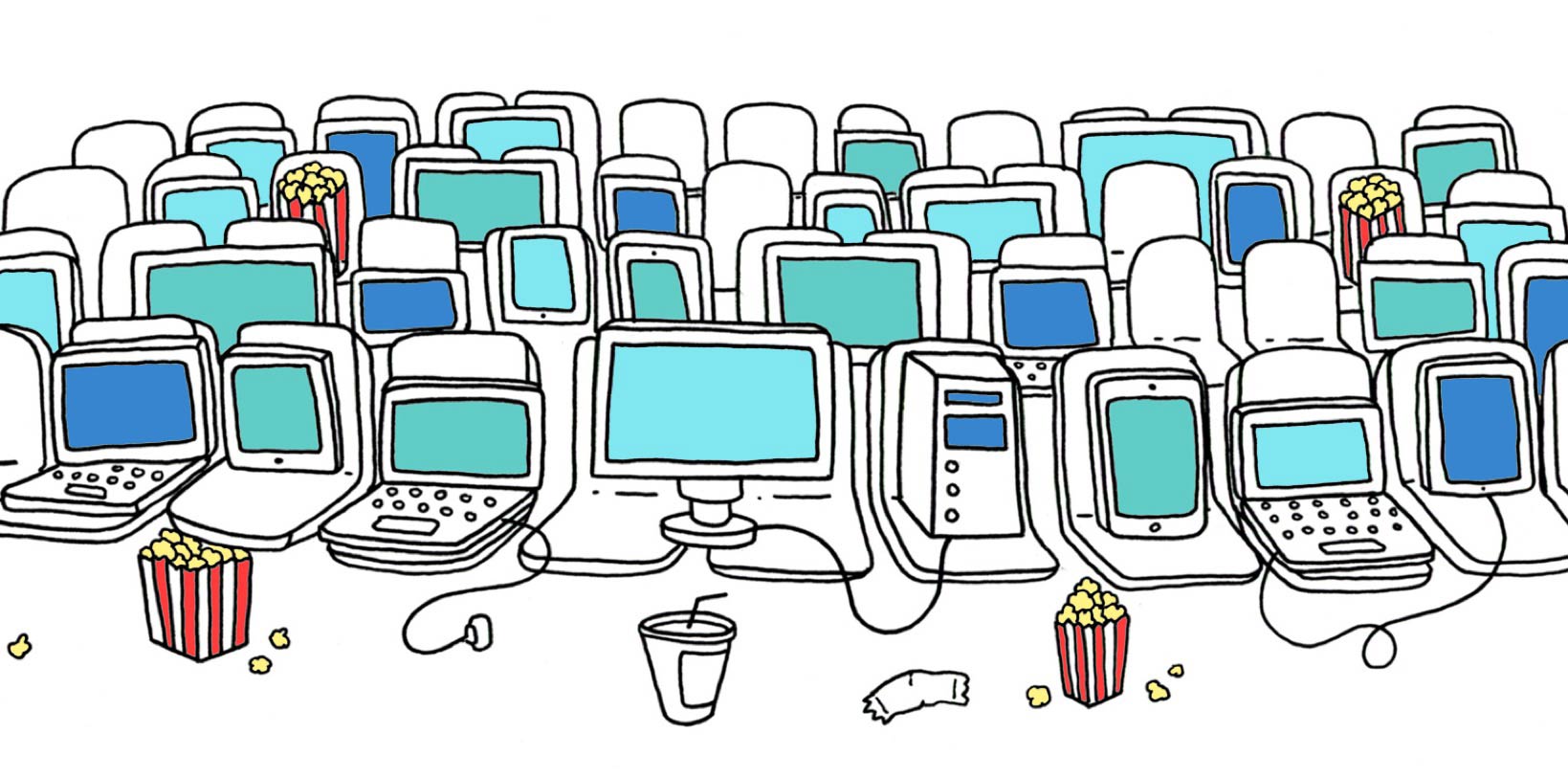
Men are seen and heard nearly twice as often as women
& Female speaking time
Women are underrepresented in all ratings categories included in the 100 highest grossing films of the past three years
Women are barely seen in Academy Award-winning films
How can this technology change things?
The Geena Davis Institute on Gender in Media unveiled preliminary GD-IQ findings to producers, executives, screenwriters, and actors last year. The numbers were sobering reminders of the power of unconscious bias. “Over the past decade, we’ve developed meaningful relationships with many motion picture studios who genuinely want to improve gender balance in their movies,” says Madeline Di Nonno, CEO of the Geena Davis Institute. “Many of them are very interested in using the GD-IQ to analyze other content, like television.”
For those filmmakers dedicated to putting women at the heart of the story, there is good news.
Female-led films do better at the box office, earning 16% more than male-led films
- Average earnings for female-led films
- Average earnings for male-led films
This is reflected in films like Hidden Figures, which recently became the top-grossing Best Picture Academy Award nominee of the year, showing that movies centered around women resonate with audiences.
Actor Kerry Bishé, star of Halt and Catch Fire, believes that diversity in film is mutually beneficial for studios and audiences. “What the GD-IQ does is explains how much bigger an audience your story could have, if you reach out to different groups of people,” she says. “I think of it as an opportunity.”

I think what the tool does is it explains how much bigger an audience your story could have, if you reach out to different kinds of groups of people.Kerry Bishe,
Actor
So where do we go from here?
A survey that followed a presentation of GD-IQ findings found that 68% of filmmakers reconfigured two or more of their projects after hearing the numbers, and 41% percent stated that it had impacted four or more of their movies. “We'll see some major improvement in both the number and quality of female characters within the next five to ten years,” Davis predicts.
Surfacing gender imbalance with on-screen time and speaking time is just the beginning. “We’re interested in furthering our understanding of other variables in films, such as a character’s dimensionality, profession, and age,” says Adam. The hope is to raise awareness of the blind spots in media and encourage storytellers to include a broader range of characters.
“It has been proven to us that data is the most incredibly powerful tool for uncovering unconscious bias, and for convincing people that it’s there, and you can do something about it,” says Davis. As unconscious gender bias begins to be recognized and addressed, the new characters shaped by this understanding will undoubtedly impact the way everyone – men and women – perceive the roles women occupy in society.
Illustrations by – Iris Gottlieb